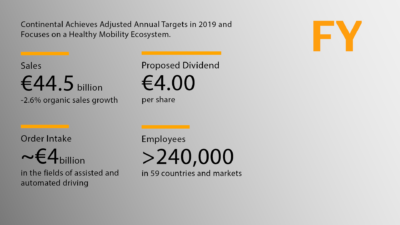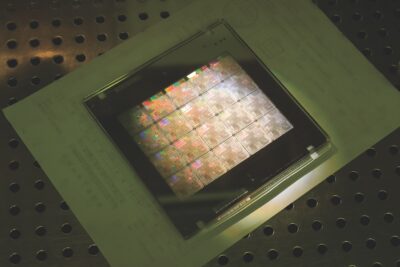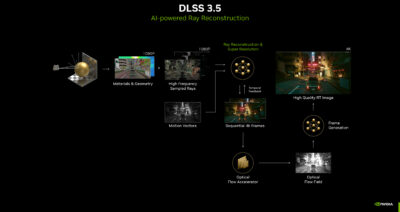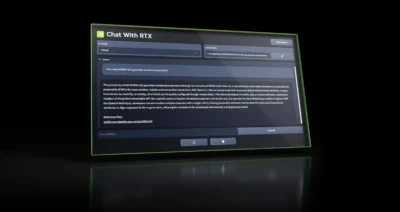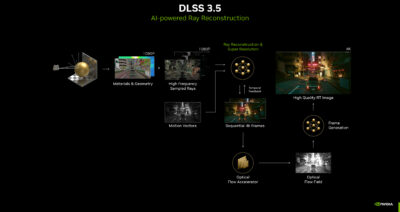
The system could generate a half billion dollars in ticket revenue.
Australia’s state of New South Wales has activated a network of cameras that will fine drivers for illegally using their cellphones while behind the wheel.
A trial program allegedly caught more than 100,000 drivers improperly using their phones in just a few months, equating to a hypothetical $34.4 million dollars in ticket revenue. The government will send out warning letters for the first three months, then collect at least $344 per violation when the full enforcement program kicks off.
Some cameras will be placed in fixed locations, while others will be mounted on mobile trailers to help catch drivers who may otherwise misbehave when not driving past a known trap.
The test run reportedly scanned 8.5 million vehicles, suggesting more than one in 100 drivers were found to be breaking the law. If the violation rate remains unchanged as fines begin to take effect and the network is expanded, the state could make more than $540 million each year from its estimate of 135 million annual scans by 2023.
The technology has attracted headlines for its use reported use of “artificial intelligence” to identify which drivers will receive fines. Pictures flagged by computers will then be handed off to humans for validation before tickets are distributed.
NSW drivers are prohibited from using their phone for texting, social media, web browsing, video calling and photography “unless parked.” The laws provide a loophole for hands-free audio calls or using phones for navigation if the device is secured in a cradle. It is unlikely the cameras will be able to distinguish if a driver is manipulating a phone for GPS guidance versus text messaging.
Despite the well-established relationship between cellphone use and accident rates, texting bans may not be leading to significant reductions in distracted-driving deaths. The US-based Insurance Institute for Highway Safety analyzed numerous studies and concluded “it’s not clear whether banning hand-held phone use or texting reduces crashes.” In one case, insurance claim data showed a significant increase in collision claims in three out of four states after driver texting bans were enacted. Other studies suggest few drivers changed their cellphone use habits after such activity became illegal in their state. Researchers face difficulty studying the complexity of behavioral changes in response to bans, which may encourage some drivers to fiddle with their phones in a more dangerous position below the window line to avoid detection by law enforcement.
The studies suggest the NSW may be overly optimistic in hoping the cameras reduce fatalities on its roads by 30 percent in just two years. The discrepancy between known statistics and the pro-safety pitch has naturally led some critics to accuse state officials of using the cameras primarily as a revenue-generation tool, echoing controversies surrounding automated red-light and speed-enforcement systems.
In any case, the IIHS argues that automated crash-avoidance technology may be “the most promising avenue for reducing crash risks related to distractions of any type.” Such features are becoming increasingly capable and more common as standard equipment, including automatic emergency braking that can help avoid collisions altogether if the driver is not paying attention.

The system could generate a half billion dollars in ticket revenue.
Australia's state of New South Wales has activated a network of cameras that will fine drivers for illegally using their cellphones while behind the wheel.
A trial program allegedly caught more than 100,000 drivers improperly using their phones in just a few months, equating to a hypothetical $34.4 million dollars in ticket revenue. The government will send out warning letters for the first three months, then collect at least $344 per violation when the full enforcement program kicks off.
Some cameras will be placed in fixed locations, while others will be mounted on mobile trailers to help catch drivers who may otherwise misbehave when not driving past a known trap.
The test run reportedly scanned 8.5 million vehicles, suggesting more than one in 100 drivers were found to be breaking the law. If the violation rate remains unchanged as fines begin to take effect and the network is expanded, the state could make more than $540 million each year from its estimate of 135 million annual scans by 2023.
The technology has attracted headlines for its use reported use of "artificial intelligence" to identify which drivers will receive fines. Pictures flagged by computers will then be handed off to humans for validation before tickets are distributed.
NSW drivers are prohibited from using their phone for texting, social media, web browsing, video calling and photography "unless parked." The laws provide a loophole for hands-free audio calls or using phones for navigation if the device is secured in a cradle. It is unlikely the cameras will be able to distinguish if a driver is manipulating a phone for GPS guidance versus text messaging.
Despite the well-established relationship between cellphone use and accident rates, texting bans may not be leading to significant reductions in distracted-driving deaths. The US-based Insurance Institute for Highway Safety analyzed numerous studies and concluded "it's not clear whether banning hand-held phone use or texting reduces crashes." In one case, insurance claim data showed a significant increase in collision claims in three out of four states after driver texting bans were enacted. Other studies suggest few drivers changed their cellphone use habits after such activity became illegal in their state. Researchers face difficulty studying the complexity of behavioral changes in response to bans, which may encourage some drivers to fiddle with their phones in a more dangerous position below the window line to avoid detection by law enforcement.
The studies suggest the NSW may be overly optimistic in hoping the cameras reduce fatalities on its roads by 30 percent in just two years. The discrepancy between known statistics and the pro-safety pitch has naturally led some critics to accuse state officials of using the cameras primarily as a revenue-generation tool, echoing controversies surrounding automated red-light and speed-enforcement systems.
In any case, the IIHS argues that automated crash-avoidance technology may be "the most promising avenue for reducing crash risks related to distractions of any type." Such features are becoming increasingly capable and more common as standard equipment, including automatic emergency braking that can help avoid collisions altogether if the driver is not paying attention.










